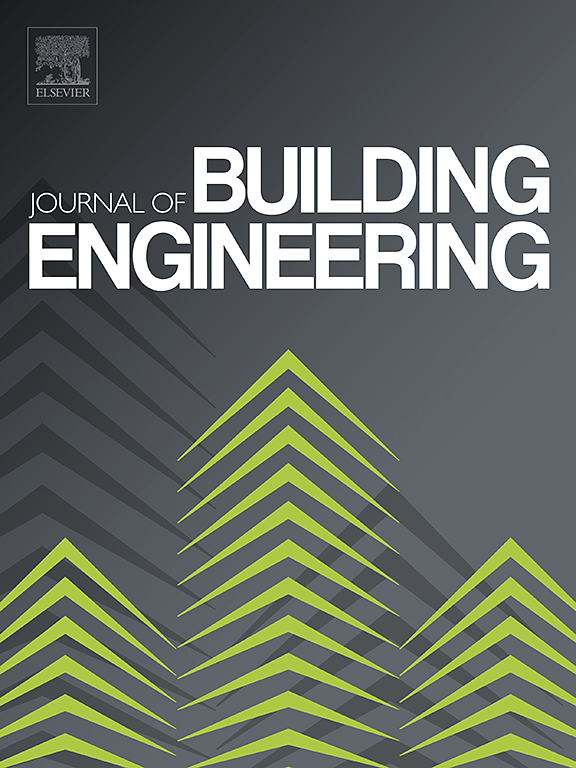Coupled effects of the internal and external heat sources on flame spread behaviors over wires in a real building fire scenario
IF 6.7
2区 工程技术
Q1 CONSTRUCTION & BUILDING TECHNOLOGY
引用次数: 0
Abstract
Electrical fires are a major cause of building fires. In real fire scenarios, the combined effects of internal Joule heating and external radiation are crucial in determining flame spread and dripping behavior in electrical wires. To investigate wire flame behavior under the combined influence of internal and external heat sources, experiments were conducted using current generators and radiation panels. The results indicated that, under external radiation, the balance temperature increased proportionally to the square of the current, which led to an increase in flame spread rate and droplet frequency. External radiation also significantly accelerated the flame spread rate. When only internal Joule heating was applied, droplet mass was measured to develop a predictive model for droplet frequency, which was then validated by experimental data. External radiation increased both the length and flow rate of the flame, resulting in a significant decrease in wire flame height. It was found that radiation and current had nearly equal effects on flame spread and dripping behavior. As a result, wire flame behavior remained consistent, regardless of the heating direction. Understanding the interaction between internal and external heat sources is crucial for enhancing building fire safety and reducing the incidence of electrical fires.
求助全文
约1分钟内获得全文
求助全文
来源期刊

Journal of building engineering
Engineering-Civil and Structural Engineering
CiteScore
10.00
自引率
12.50%
发文量
1901
审稿时长
35 days
期刊介绍:
The Journal of Building Engineering is an interdisciplinary journal that covers all aspects of science and technology concerned with the whole life cycle of the built environment; from the design phase through to construction, operation, performance, maintenance and its deterioration.
 求助内容:
求助内容: 应助结果提醒方式:
应助结果提醒方式:


